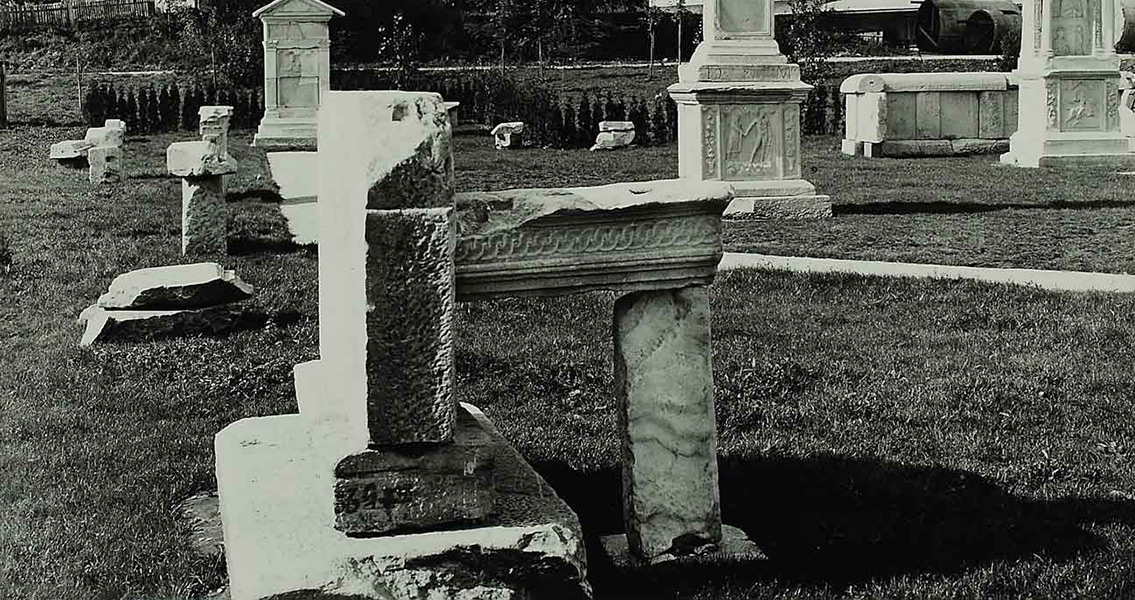<![CDATA[In Karczyn, Poland a team from Adam Mickiewicz University who had spent eight years (from 2002 to 2010) excavating a giant Roman-period necropolis are now set to analyse some of the cemetery's inhabitants. 120 skeletons unearthed from the necropolis will be studied by the scientists, in an attempt to ascertain their origin, diet and kinship as well as certain sociopolitical aspects of the region's ancient culture. The grave sites were apparently used for centuries, according to Adriana Romanska, head of the excavation team from Poznan, "It turned out that the necropolis existed continuously for over 300 years, from the first to the fourth century AD." The team was shocked to uncover two giant stone tombs with deep burial chambers 2 metres beneath the surface of a present day field. The tombs are thought to contain the remains of high-status individuals. According to preliminary analysis, one tomb contains the bodies of an adult (over 20 years of age) and an adolescent (14 years of age), while the second only contains the remains of an adolescent (14-15 years of age). This is of great interest to the scientists, as Romanska explained, "The presence of juveniles in princely tombs is quite unusual, as is burying more than one person in a princely tomb." It is believed that this in only the fifth tomb of its type in the world, and the first to be found in Poland. The site is considered to be incredibly unique due to evidence of a variety of burial rituals and manifestations discovered among its graves. Aside from the two aforementioned 'princely tombs,' many other burial sites of different types and "with very diverse rites" were discovered, according to Romanska. Among these were areas used for group burials, flat skeletal graves, crematory urns and crematory pits where bodies had been interred. The scientists believe that some of the graves contain the remains of warriors, as many of the skeletons demonstrate the unnatural bodily breakdown associated with horseback riding, as well as sword and spear usage. Another intriguing aspect of the site is a burial area containing elements foreign to Poland, which seem to resemble ancient traditions and practices usually associated with the area around the Black Sea. The scientists have thus far been unable to explain the existence of these objects and rites. The team believes that the whole site was not only a burial ground but also a place of religious significance for the area's residents. Furnaces were found on the land and many of them seem to have been used as cremation sites, demonstrating that religious ceremonies and rites were carried out on the land for hundreds of years.]]>
2,000 Year Old Polish Skeletons to be Analysed
